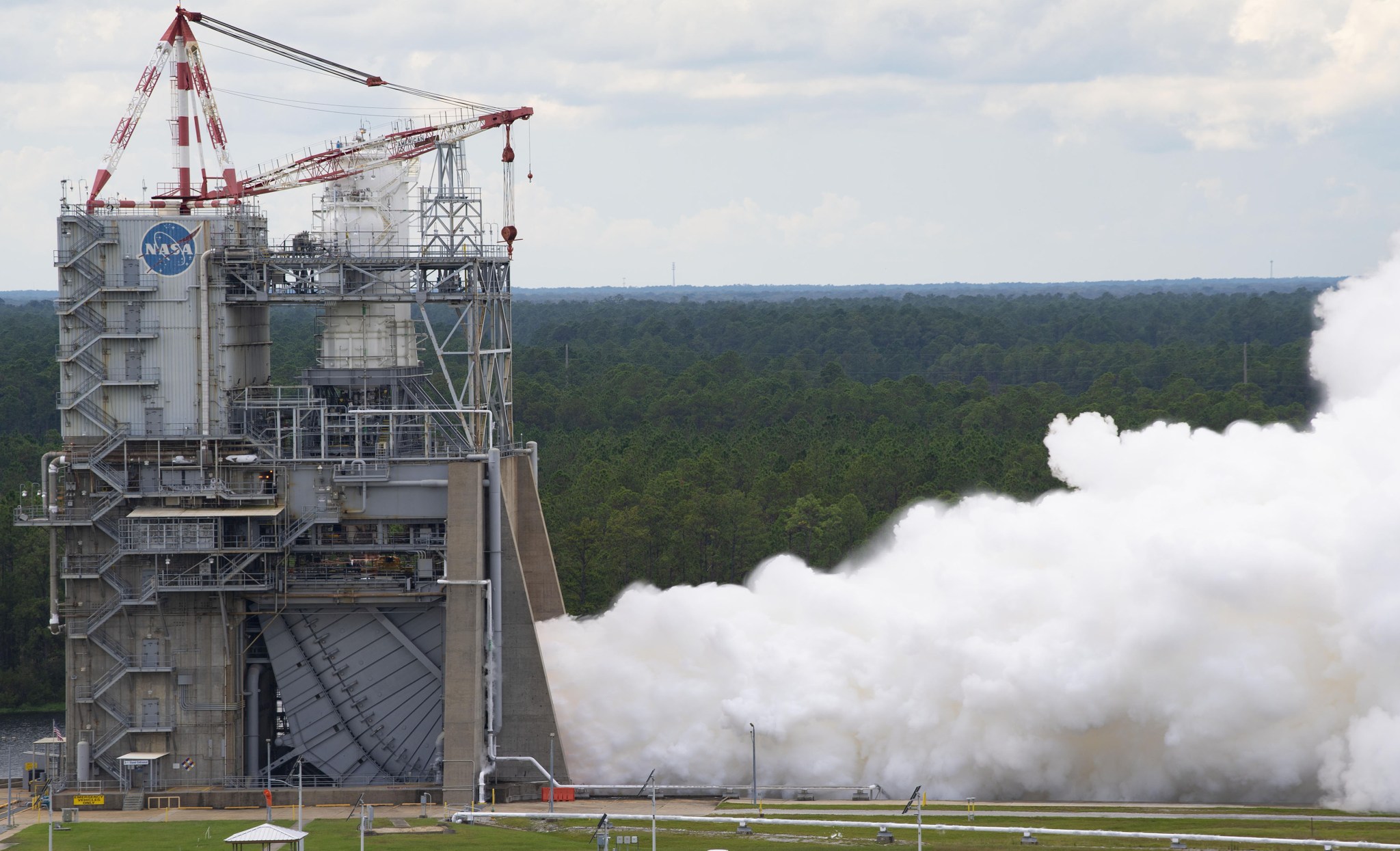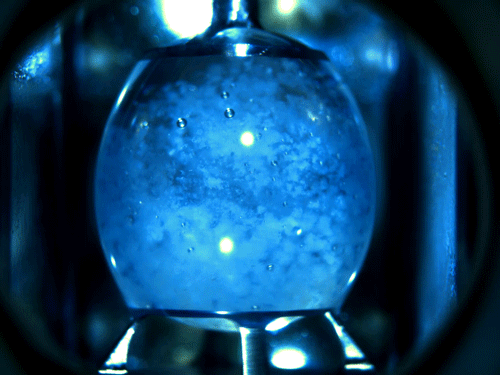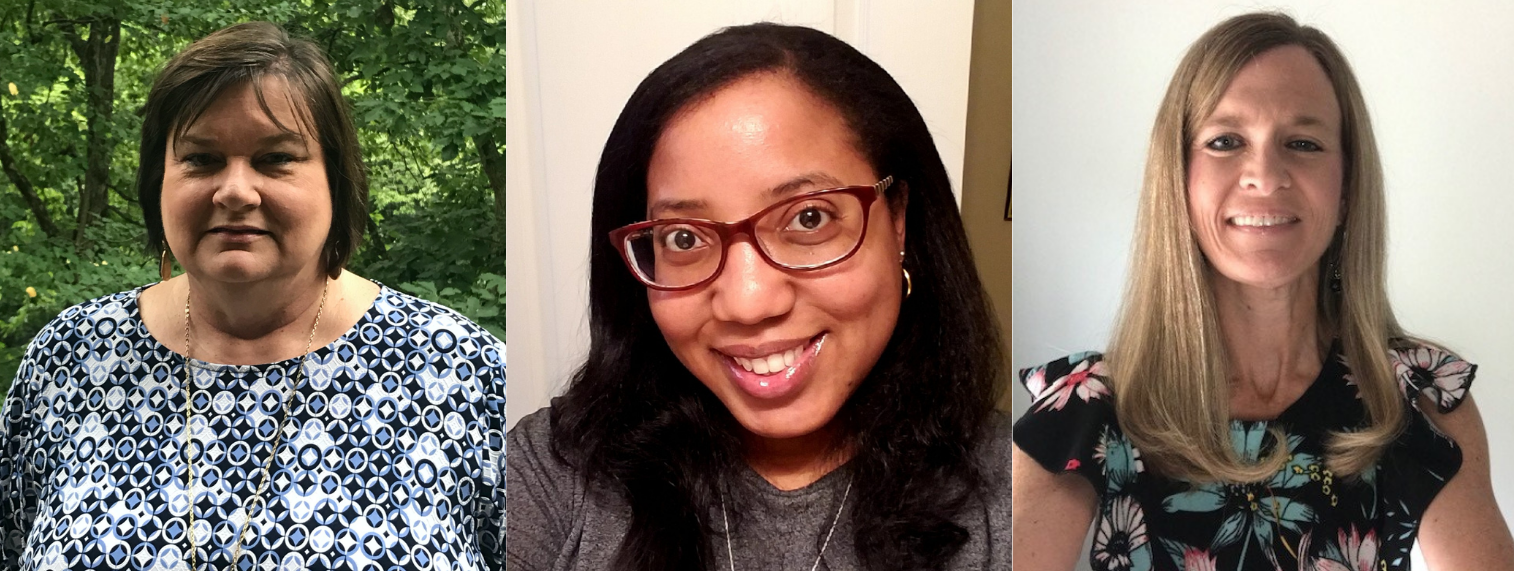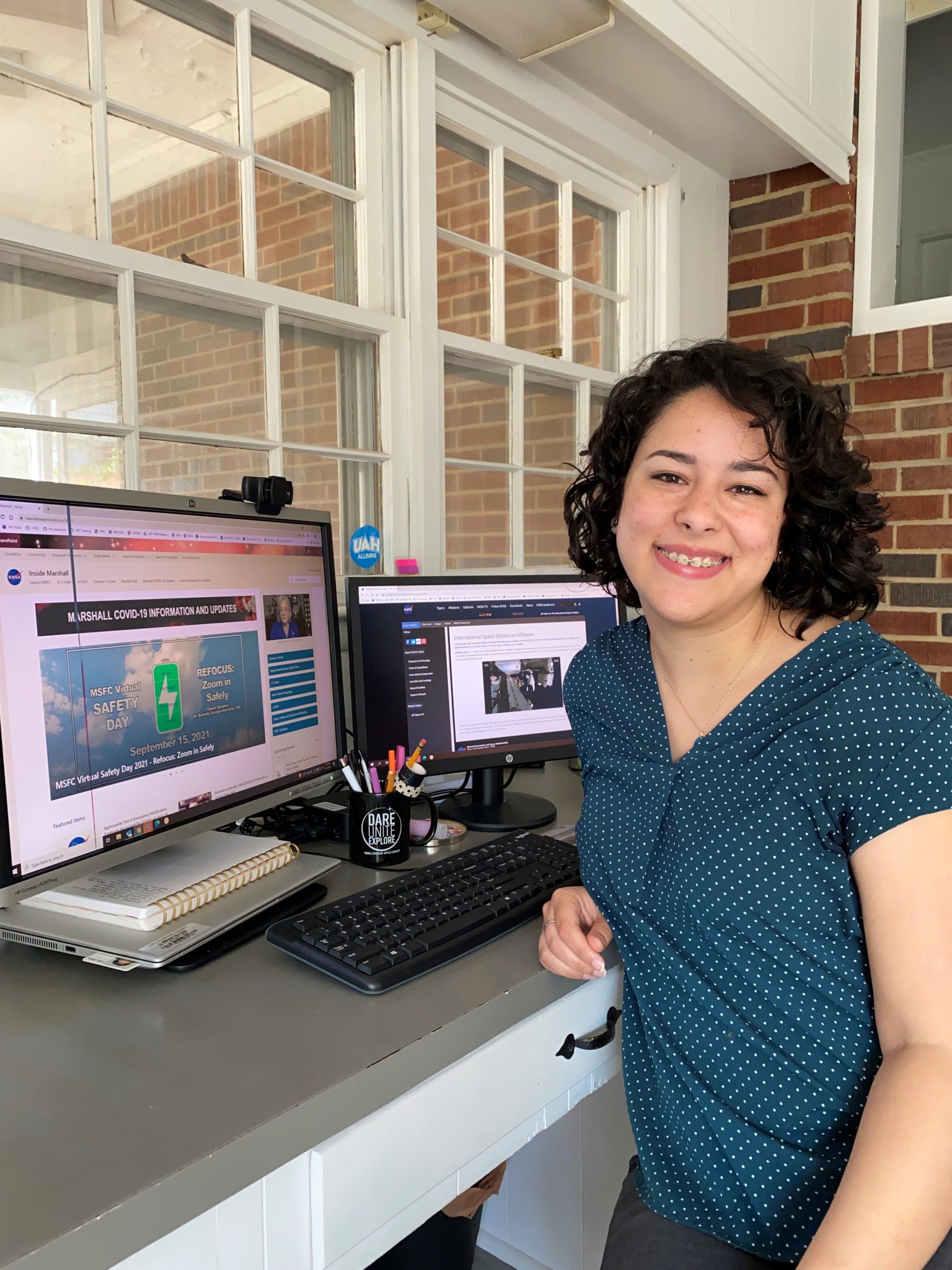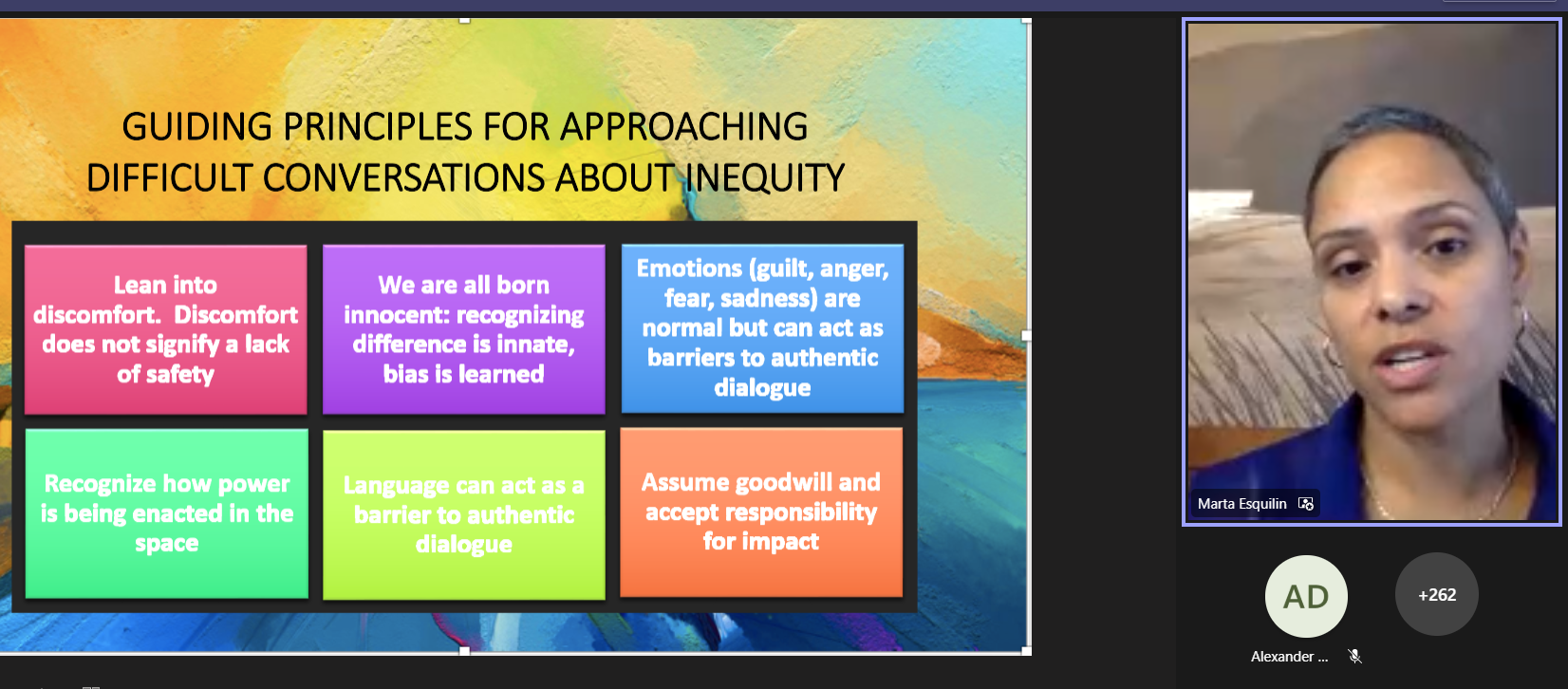NASA’s Mega Moon Rocket Passes Key Review for Artemis I Mission
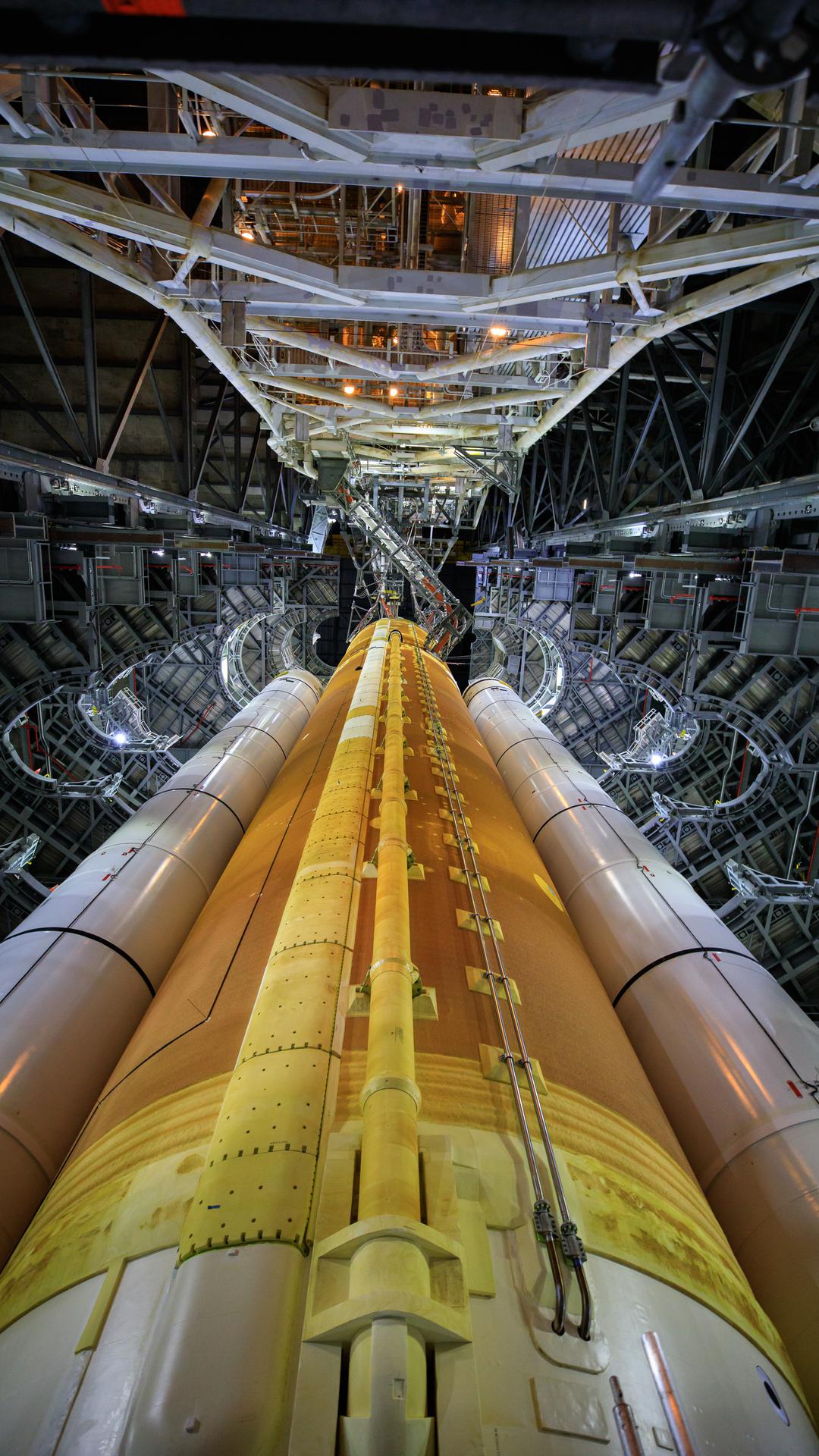
NASA has completed the design certification review for the Space Launch System Program rocket ahead of the Artemis I mission to send the Orion spacecraft to the Moon. The review examined all the SLS systems, all test data, inspection reports, and analyses that support verification, to ensure every aspect of the rocket is technically mature and meets the requirements for SLS’s first flight on Artemis I.
“With this review, NASA has given its final stamp of approval to the entire, integrated rocket design and completed the final formal milestone to pass before we move forward to the SLS and Artemis I flight readiness reviews,” said John Honeycutt, SLS Program manager. He chaired the design certification review board held at NASA’s Marshall Space Flight Center.
In addition to the rocket’s design, the review certified all reliability and safety analyses, production quality and configuration management systems, and operations manuals across all parts of the rocket, including interfaces with the Orion spacecraft and Exploration Ground Systems hardware. With the completion of the design certification review, NASA has now certified the SLS and Orion designs, as well as the new Launch Control Center at the agency’s Kennedy Space Center, for the mission.
The design certification review is part of the formal review system NASA employs as a systematic method for manufacturing, testing, and certifying space hardware for flight. The process starts with defining what the rocket needs to do to achieve missions, such as its performance; these are called systems requirements. Throughout this process, the design of the hardware is refined and validated by many processes: inspection, analysis, modeling, and testing that ranges from single components to major integrated systems. As the design matures, the team evaluates it during a preliminary design review, then a critical design review, and finally after the hardware is built and tested, the design certification review. The review process culminates with the Artemis I Flight Readiness Review when NASA gives a “go” to proceed with launch.
“We have certified the first NASA super heavy-lift rocket built for human spaceflight in 50 years for missions to the Moon and beyond,” said Marshall’s David Beaman, manager for SLS Systems Engineering and Integration who led the review team. “NASA’s mature processes and testing philosophy help us ask the right questions, so we can design and build a rocket that is powerful, safe, and makes the boldest missions possible.”
Artemis I will be the first integrated flight test of the SLS and Orion. In later Artemis missions, NASA will land the first woman and the first person of color on the surface of the Moon, paving the way for a long-term lunar presence and serving as a steppingstone on the way to Mars.
NASA Readies for Future Artemis Moon Missions with Rocket Engine Test Series
NASA marked a significant milestone Sept. 30 in its plans for future missions to the Moon and eventually Mars with completion of an RS-25 single-engine Retrofit-2 test series at Stennis Space Center.
A full-duration hot fire of RS-25 developmental engine No. 0528 on the A-1 Test Stand at Stennis concluded a seven-test series to support development and production of new engines for the agency’s Space Launch System rocket on future missions.
“This successful test series for the Space Launch System RS-25 engine puts us one step closer to manufacturing the first new set of engines for future Artemis missions to the Moon,” said Johnny Heflin, manager of the SLS Liquid Engines Office at NASA’s Marshall Space Flight Center. “We are testing engine parts made with advanced manufacturing techniques that can reduce the cost of each engine by more than 30% yet still maintain the RS-25 engine’s reliability and high performance.”
During the Sept. 30 hot fire, operators fired RS-25 developmental engine No. 0528, used for each of the seven tests in the series, for more than eight minutes (500 seconds), the same time required during an actual launch.
The test series provided valuable information to Aerojet Rocketdyne, lead contractor for the SLS engines, as it produces engines for use after the Artemis IV mission to the Moon. Operators collected hot fire data to demonstrate and verify various engine capabilities, and to evaluate new engine components manufactured with cutting-edge and cost-saving technologies and reduce operational risk.
Tested components included a 3D-printed pogo accumulator to dampen pressure oscillations that can cause flight instability and a main combustion chamber fabricated using a hot isostatic pressure bonding technique. These components are significant early milestones in NASA’s and Aerojet Rocketdyne’s effort to maximize state-of-the-art manufacturing methods to significantly reduce the cost and time needed to build new RS-25 engines.
The Sept. 30 test was delayed from its original date due to impacts from Hurricane Ida, which struck the Gulf Coast region Aug. 29. The storm initially impacted propellant deliveries to the center, necessitating a delay as suppliers recovered full capabilities.
“I am proud to see how the test team and our propellant suppliers overcame the impacts of Hurricane Ida to get us back to testing the RS-25,” Stennis RS-25 Project Manager Chip Ellis said. “With each test we learn more and more about the RS-25 engine and how it operates. And it is exciting to know that what we are doing contributes to the safety of the astronauts who will fly on SLS.”
Four RS-25 engines, along with a pair of solid rocket boosters, will help power SLS at launch. Firing simultaneously, the engines will generate a combined 1.6 million pounds of thrust at liftoff and 2 million pounds during ascent.
Previous RS-25 testing at Stennis began Jan. 9, 2015, and concluded April 4, 2019. During this period, NASA completed acceptance testing of former space shuttle main engines that will help power the first four SLS missions, conducted developmental and flightworthiness testing for all 16 new controllers (plus one spare) to be used on the heritage RS-25 engines, and demonstrated the ability of RS-25 engines to perform at the higher power level required to launch the super-heavy SLS rocket.
The first hot fire of the most current series was conducted on Jan. 28, 2021. Over the course of the test series, which coincided with Green Run testing of the SLS core stage at Stennis, developmental engine No. 0528 underwent 3,650 seconds of hot fire. The schedule included six full-duration hot fire tests of more than eight minutes (500 seconds) and one of just under 11 minutes (650 seconds). A full-duration test refers to the time the engine must fire during an actual launch to power SLS toward orbit. Longer duration hot fires are conducted to test the limits of engine performance.
The Retrofit-2 test series followed major maintenance and upgrade projects on the A-1 Test Stand, including installation of a new NASA-designed-and-manufactured thrust vector control system on the structure that allows operators to “gimbal” test RS-25 engines, moving them on a tight circular axis. Gimbaling is a critical capability that ensures SLS can maintain a proper flight trajectory.
Operators are scheduled to begin a follow-up Retrofit-3 test series, using RS-25 developmental engine No. 0525, on the A-1 Test Stand later this fall. The new series will continue to collect data for new engine production.
NASA is building SLS as the world’s most powerful rocket. With Artemis, NASA will land the first woman and the first person of color on the lunar surface and establish long-term exploration at the Moon in preparation for human missions to Mars. SLS and the Orion spacecraft, along with the commercial human landing system and the Gateway in orbit around the Moon, are NASA’s backbone for deep space exploration. The agency is working towards the launch of the Artemis I uncrewed flight test in upcoming months, which will pave the way for future missions.
Ring-Sheared Drop Experiment Samples Return to Earth
A drop of insulin solution is contained by surface tension in the ring-sheared drop device. Housed aboard the International Space Station, the ring-sheared drop investigation studies protein aggregates called amyloid fibrils that play a role in diseases such as Alzheimer’s, Parkinson’s, prions, and type 2 diabetes. NASA’s Marshall Space Flight Center and Rensselaer Polytechnic Institute of Troy, New York, developed the experiment. Samples from the experiment returned to Earth on Sept. 30 aboard a SpaceX cargo Dragon as part of the company’s 23rd commercial resupply mission. The samples will be sent to Dr. Amir Hirsa, a professor at Rensselaer Polytechnic Institute and the experiment’s principle investigator, in November. The ring-sheared drop payload initially launched to the space station in 2019, but the hardware needed modifications to achieve the desired results. A Marshall team worked to improve the efficacy of the experiment by making necessary adjustments. That included completing two parabolic flights In April to test modifications. (RPI/Joe A. Adam, Patrick M. McMackin)
Janet Crawford, Deirdre Mims, Terri Counce Recognized as Space Heroes
From left, Janet Crawford, Deirdre Mims, and Terri Counce are the latest team members from NASA’s Marshall Space Flight Center to be named a Space Hero. Crawford supports the Space Launch System Program Planning and Control Office as lead for program, planning, and control for the Booster Element Office. She works diligently to build and maintain trusting relationships between the government and prime contractor teams to ensure all goals of the Artemis mission are met. Additionally, she continually provides mentoring to other members of the project, programming, and control community. Mims provides invaluable support to the team of SLS Planning and Control Office practitioners, working tirelessly to ensure that team actions, meetings, communications, and schedules are thoughtfully planned and executed. She does all of this with a positive and encouraging attitude. Counce is the SLS Program Business Integration lead within the SLS Program Planning and Control Office. She coordinates financial management across all elements and offices of the SLS Program and with the Exploration Systems Division Programmatic Systems Integration. Each week, the Exploration Systems Development and Space Operations mission directorates recognize Space Heroes, team members from across the agency who have made vital contributions in their support of NASA’s mission to land the first woman and first person of color on the Moon. (NASA)
Marshall Leaders Virtually Present Industry, Advocate Awards for FY2021
On Sept. 30, NASA’s Marshall Space Flight Center virtually presented its Industry & Advocate Awards for fiscal year 2021. The awards reflect leadership in the aerospace business community and sustained achievement in service to Marshall and to NASA’s overarching mission.
This year’s recipients are:
- Teledyne Brown Engineering Inc. was named Large Business Prime Contractor of the Year for support of the Marshall Small Business Subcontracting Program under the Mission Operations and Integration Contract.
- Aerie Aerospace LLC was named Small Business Prime Contractor of the Year for support to the Test Laboratory in Marshall’s Engineering Directorate, under the Marshall Engineering Technician and Trade Support Services Contract.
- Frontier Electronic Systems Corp. was named Small Business Subcontractor of the Year for subcontracting support to The Boeing Co. under the Space Launch System Stages Contract.
- Small Business Mentor Protégé of the Year was awarded to The Boeing Co., and Southern University Systems for their participation in the NASA Mentor-Protégé Program under the Space Launch System Stages Contract.
- Small Business Mentor Protégé Excellence Award was presented to Jacobs Engineering Group Inc. and JBS Solutions Inc., for their participation in the NASA Mentor-Protégé Program under the Engineering Services and Skills Capability Augmentation Contract.
- Procurement Team of the Year was awarded to Nichole F. Crayton, Logan M. Ojermark, Ashley S. Pierce, William Burke Sellers, and Remonda J. Stevens for their support of the Marshall Small Business Program through their participation on the 2021 Procurement Small Business Action Team.
- Program Team of the Year was awarded to LaBreesha B. Batey and Angela F. Lovelady, for their support of the Marshall Small Business Program for historically Black colleges and universities awarding of a NASA Cooperative Agreement Notice Initiative in collaboration with Florida A&M University efforts on Foams in Neuropathy Treatment.
- Chip Jones was named Small Business Technical Advisor of the Year for exemplary support of the Marshall Small Business Program in his role as Marshall small business technical advisor.
- Large Business Prime Contractor Excellence Awards were presented to Jacobs Space Exploration Group Inc., Jacobs Engineering Group Inc., and The Boeing Co.
- Small Business Prime Contractor Excellence Awards were presented to Acuity Edge Inc.; Aetos Systems Inc.; All Points Logistics LLC; Cepeda Systems & Software Analysis Inc.; and Victory Solutions Inc.
- Small Business Subcontractor Excellence Awards were presented to 4M Research Inc.; Avans Machine Inc.; JBS Solutions Inc.; Norman Filter Company LLC; and Tracker Engineering LLC.
NASA civil service employees nominate eligible individuals and organizations for awards. A panel of NASA business procurement and technical officials evaluates each nominee’s business practices, innovative processes, adoption of new technologies, and their overall contributions to NASA’s mission and the agency’s Small Business Program.
Award recipients in the categories of Large and Small Business Prime Contractors of the Year, Small Business Subcontractor of the Year and Procurement Team or Person, Technical, Small Business Technical Coordinator/Technical Advisor and Program Person or Team of the Year become candidates for agency-level Small Business Industry and Advocate Awards.
For more information about doing business with Marshall, visit here. For more information about NASA’s Office of Small Business Programs, visit here.
Hispanic Heritage Month: Marshall HR Business Partner Selina Salgado
By Janet Sudnik
Each year, NASA celebrates Hispanic Heritage Month, highlighting the importance of the culture, traditions, and contributions of its workforce whose roots are from Spain, Mexico, the Caribbean, Central America, and parts of South America. The theme of this year’s observance is “Esperanza: A Celebration of Hispanic Heritage and Hope.”
Selina Salgado, a business partner in the Office of Human Resources at NASA’s Marshall Space Flight Center, shares her journey to Marshall, and what this month of celebration means to her. Salgado joined the Marshall team in January 2021, after completing a Pathways Program internship in December 2020. She also led this year’s Feds Feeds Families campaign on behalf of the center.
Name: Selina Salgado
Title: Business partner in Marshall’s Office of Human Resources
My role at NASA: I provide human resources support to leadership and employees within the organizations. I consult on hiring, training, and employee actions, among other things.
Years at NASA: Nearly two.
Hometown: I was an Air Force brat, so while I was born in Bethesda, Maryland, I consider Shreveport, Louisiana, my hometown.
My career path to NASA: Right after high school, I joined the Navy, where I served as a culinary specialist. During my four years, I worked on a variety of ships, including a destroyer and an aircraft carrier. I was mostly in leadership positions and had a passion for helping my teams develop and find where they fit in the Navy, and this passion led me to the human resources field. After separating, I got my degree in human resource management and landed a NASA Pathways internship in the human resources office at Johnson Space Center. I actually had randomly applied to the internship as part of a class project! After graduating, the human resources office here at Marshall converted me to a full-time specialist.
Some of the people who have influenced my life and career: My parents are the biggest influence on my life. They have encouraged me in everything that I’ve done and pushed me to take on new experiences. I don’t think that I would be where I am in my career or life if I didn’t have my parents being excellent role models and being in my corner.
Why I choose to do what I do: The mission of NASA is what keeps me excited for my work. I think we do some amazing things, and I love that I get to support the people who are doing that work.
Celebrating Hispanic Heritage Month: I am a fourth-generation Mexican American. My great-great grandmother wanted her children to have the best opportunities, and felt the best way to do that was to discourage Spanish-speaking in the home and assimilate as much as possible to American culture. Now, nearly 100 years later, I feel that I’ve lost touch with my Hispanic heritage. So, on a personal note, having a yearly celebration of my family’s culture is a great way for me to reconnect with it.
What are some of your favorite memories or traditions in your culture? One thing that we didn’t lose was the emphasis on family. We had huge multigenerational family gatherings for every holiday, no matter how small. I loved hanging out with my cousins and having sleepovers at my grandparents’ house. Even as we’ve gotten older and moved apart, we have stayed very much involved in each other’s lives. I also have a special memory of meeting my dad’s family in Texas for the first time when I was much younger. The matriarchs took my mom under their wing and taught her to make tortillas for the first time, while I looked on. Being in that kitchen, surrounded by love and the sharing of culture, has continued to be a wonderful memory.
Sudnik is a public affairs officer in Marshall’s Office of Strategic Analysis & Communications.
Rutgers’ Marta Esquilin Gives Keynote Talk for Marshall’s Hispanic Heritage Month Event
Marta Esquilin, associate dean of the Honors Living Learning Community at Rutgers University in Newark, New Jersey, gives the keynote address for the virtual Hispanic Heritage Month program Sept. 29 at NASA’s Marshall Space Flight Center. Esquilin’s address was titled, “There’s Nothing Micro About It.” She has long raised awareness about how microaggressions operate to create hostile environments for people with marginalized social identities within work and school settings. “I’m really passionate about creating environments in which all people can reach their fullest potential and contribute optimally to their work environments,” Esquilin said. “If people are not able show their strengths, if there are barriers in the environment, namely bias that’s operating, it negatively impact’s people’s ability to contribute to a team, and, ultimately, the work product.” A Q&A session followed Esquilin’s presentation. She was introduced by Marshall Associate Director Steve Miley. “I’m happy to pay tribute to Hispanic Americans, who continue to make a positive difference in our nation and in our vision for NASA, especially here at Marshall,” Miley said. “We’re proud of our Hispanic team members and their contributions. You truly are an integral part of the Marshall family.” Esquilin’s virtual visit was hosted by Marshall’s Office of Diversity and Equal Opportunity, in partnership with the Hispanic Advisory Working Group. Hispanic Heritage Month runs from Sept. 15 to Oct. 15. (NASA)


























